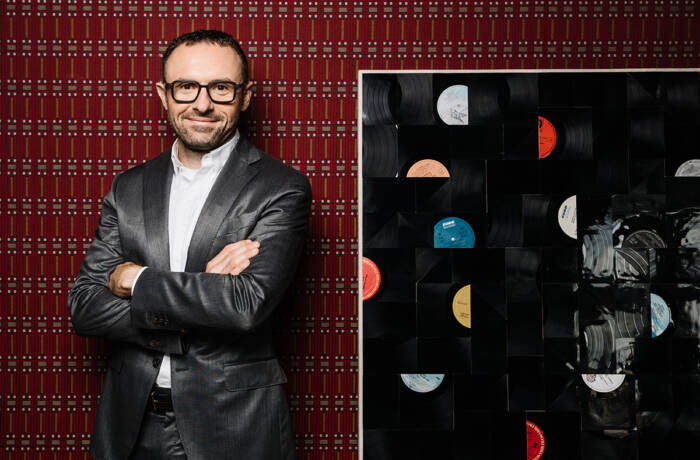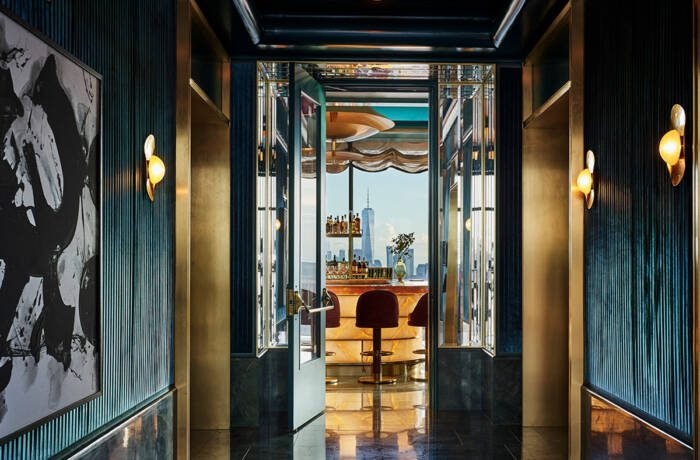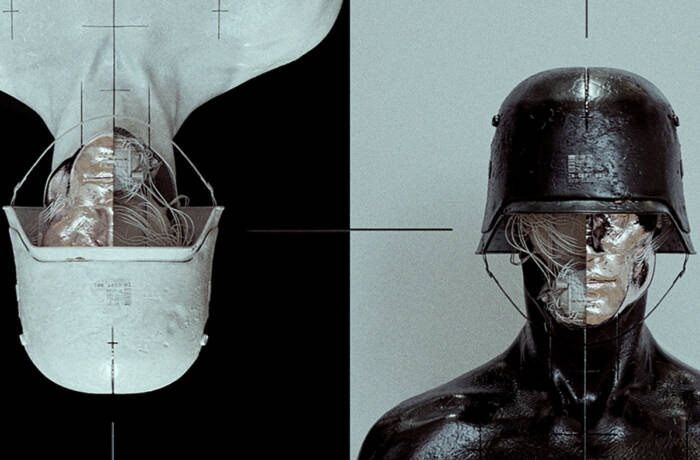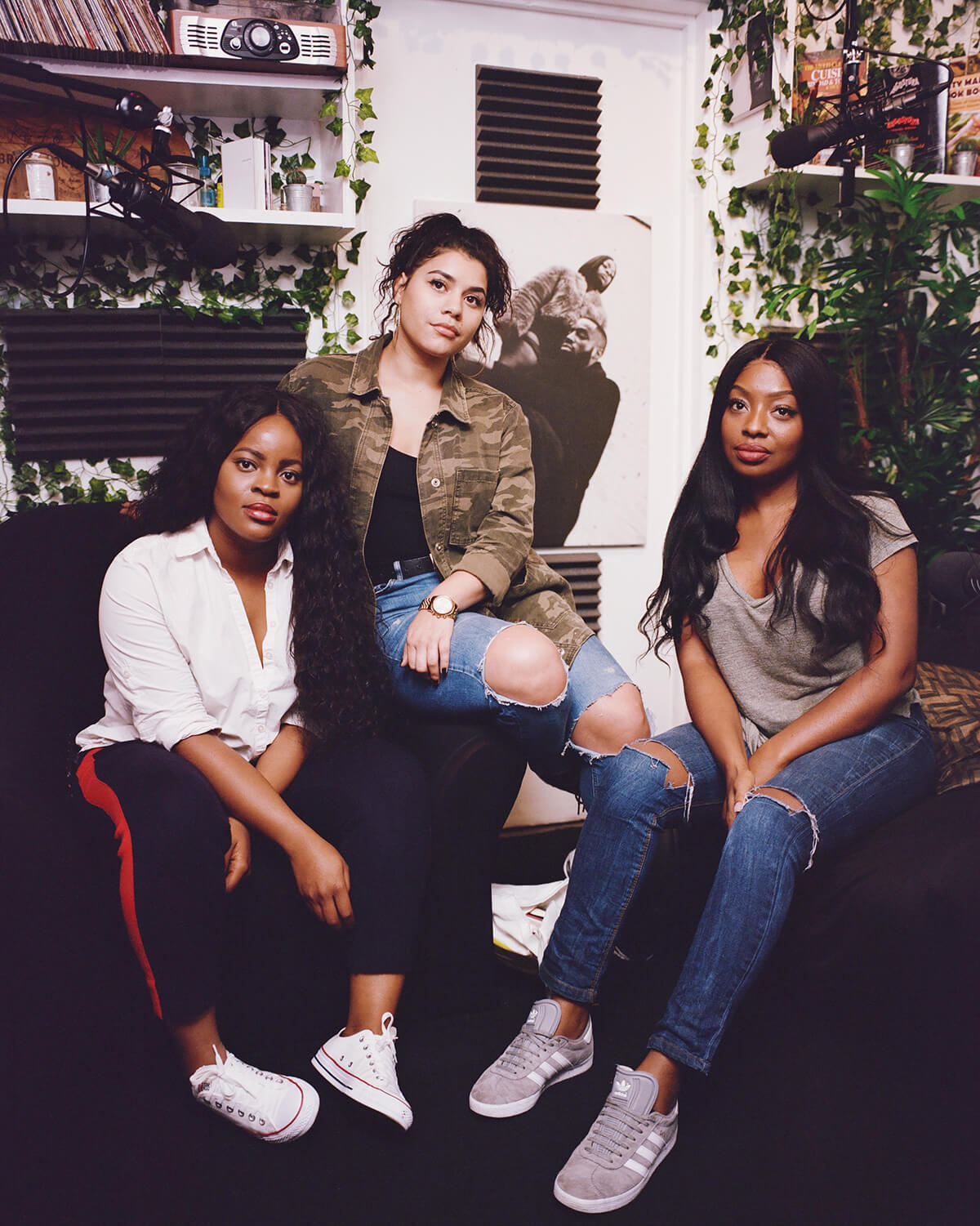
Tolani Shoneye, Milena Sanchez and Audrey Indome of ‘The Receipts Podcast’
Remember the days when being creative meant you were someone who couldn’t cut it in the world of real jobs? Now artistry and enterprise go hand in hand, says Emma Love
Photography by Kate Peter
A LUX x ROSEWOOD COLLABORATION
What do you get if you cross eBay with Instagram? The youth-targeted, app-based selling platform Depop where vendors post images of the items that they want to sell, that’s billed as the ‘creative community’s mobile marketplace’. Depop can be as basic as a teenager posting pictures of unwanted jewellery they are selling from their bedroom, and as sophisticated as a highly stylised vintage fashion shoot – quite possibly also created by a school kid from their bedroom.
For many millennials, these apps are a neat way to make extra money on the side; the most entrepreneurial have turned selling via Depop and marketing themselves on social media into full-blown businesses. Jade Douse fits into the latter category. After realising how much money she could make by selling clothes on Depop, she teamed up with friend Symone Mills to set up street-style-inspired label Oh Hey Girl on Big Cartel in 2016. “It was a slow burner until we started putting sponsored ads on Facebook and Instagram,” recalls Douse. “We literally went from making £8,000 to £35,000 in a month.”
Follow LUX on Instagram: the.official.lux.magazine
Two years on, with fans including models Bella Hadid and Jourdan Dunn, Instagram is still integral to their business. “It’s our biggest network,” says Douse. “And sponsored ads are cheap. There really is nothing to hold anyone back from giving it a try.” Alongside the brand’s strong visual identity and magazine-worthy styling, its success lies in its simple shopping process: click on a pair of high-waisted, belted jeans or a puff-sleeved shirt on @ohheygirlstore and you are redirected to its website to pay. It’s a shopping solution for design conscious, iPhone-wielding buyers, and easy to manage for iPhone-wielding vendors. No wonder it works.


Jade Douse (above) and Symone Mills (here) set up Oh Hey Girl in 2016, selling exclusively online
“Social media is increasingly becoming [the place] where we discover new products,” says Petah Marian, senior editor at WGSN Insight, the industry analyst. “For many people, it feels like an intimate place to spend your time. When you see new things on these platforms, you get the sense that it’s a friend suggesting an item,even when it’s a professional influencer.”
The biggest challenge for Oh Hey Girl? Being able to react quickly in a fast-paced industry.“We’re always looking at how other brands market themselves, so we can find similar strategies that work for us,” explains Douse, who says she wouldn’t dream of doing anything else.
Retail isn’t the only industry where advances in technology have spawned out-of-the-box thinkers creative enough to carve out a unique niche. Research from Nesta and the Creative Industries Council shows that the creative industries are driving economic growth across the UK, with one million new jobs expected to be created between 2013 and 2030. “There are many jobs in the creative industries that didn’t exist 20 years ago,” explains Eliza Easton, principal policy researcher on creative economies at Nesta. “In terms of new sectors, the impact of digital can be seen across the board,especially in areas such as augmented and virtual reality, where we found 1,000 specialist companies making £660million in sales.”
Watch the LUX x ROSEWOOD film featuring the entrepreneurs
Read more: Where leading scientists and cutting-edge poets meet
Deborah Dickinson, associate professor in creative practice at City University London, agrees, citing UK Government statistics that show the creative industries were estimated to be worth £87.4billion in 2015, up 34 percent from 2010. “One of the most fascinating aspects of my job teaching creative industries to undergraduates for the past decade has been the complete change in the type of creative enterprises students move into. Probably the biggest area of job growth and employment opportunities is around digital technologies.”
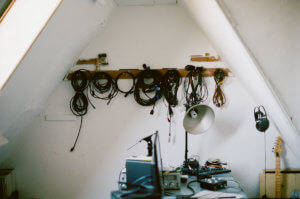 One place where the impact of the digital revolution is most evident is on online platforms such as Sedition, where you can buy, rent and trade limited-edition digital artworks which are viewed on any connected device or screen.“When we first started Sedition it was an entirely new concept,” recalls director Rory Blain. “Before the digital advent many artists were working on the fringes, waiting for the technology to catch up with the vision they had. For us, it was the big advancement in screen resolution and bandwidth that meant artists were then happy to present their work on a screen.”
One place where the impact of the digital revolution is most evident is on online platforms such as Sedition, where you can buy, rent and trade limited-edition digital artworks which are viewed on any connected device or screen.“When we first started Sedition it was an entirely new concept,” recalls director Rory Blain. “Before the digital advent many artists were working on the fringes, waiting for the technology to catch up with the vision they had. For us, it was the big advancement in screen resolution and bandwidth that meant artists were then happy to present their work on a screen.”
Take artist Gordon Cheung, whose New Order series of paintings, derived from the Dutch Golden Age and modified using an algorithm, sell on the website. For Cheung, who creates a deliberate ‘glitch’ in the code to distort the image, it’s been a learning curve. “The first time I used the code it took five minutes to make one glitch; I calculated that if I wanted to do 2,000 glitches it would take far too long,” he says. His solution to speed up the process was to ask a friend to create a user-friendly interface. Experimental artist duo Overlap, AKA Michael Denton and Anna McCrickard, also use software programmes to deliberately disrupt their music and moving-image-based artworks, including Lands, an audiovisual series of 40 iterations of the same multilayered electronic landscape (also available on Sedition).
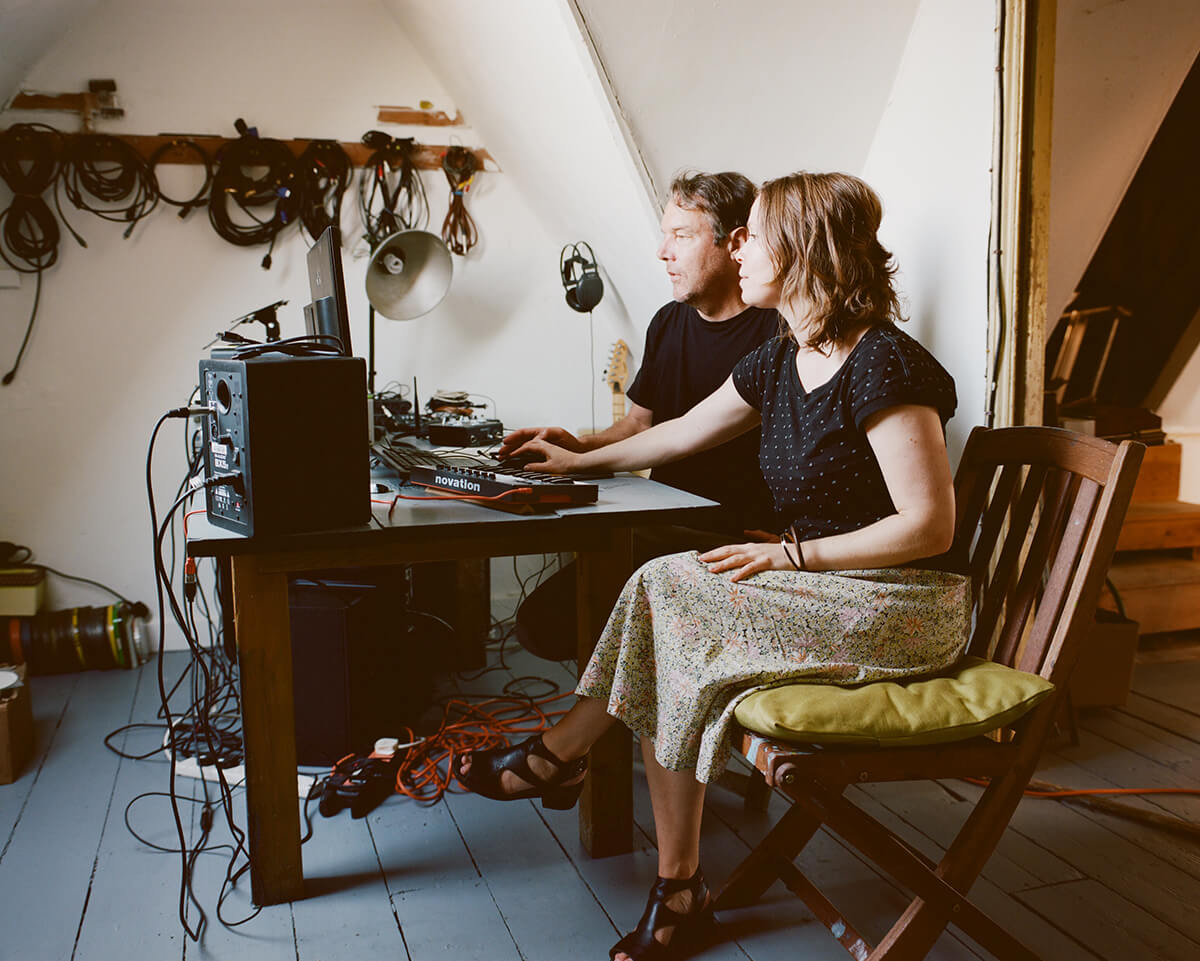
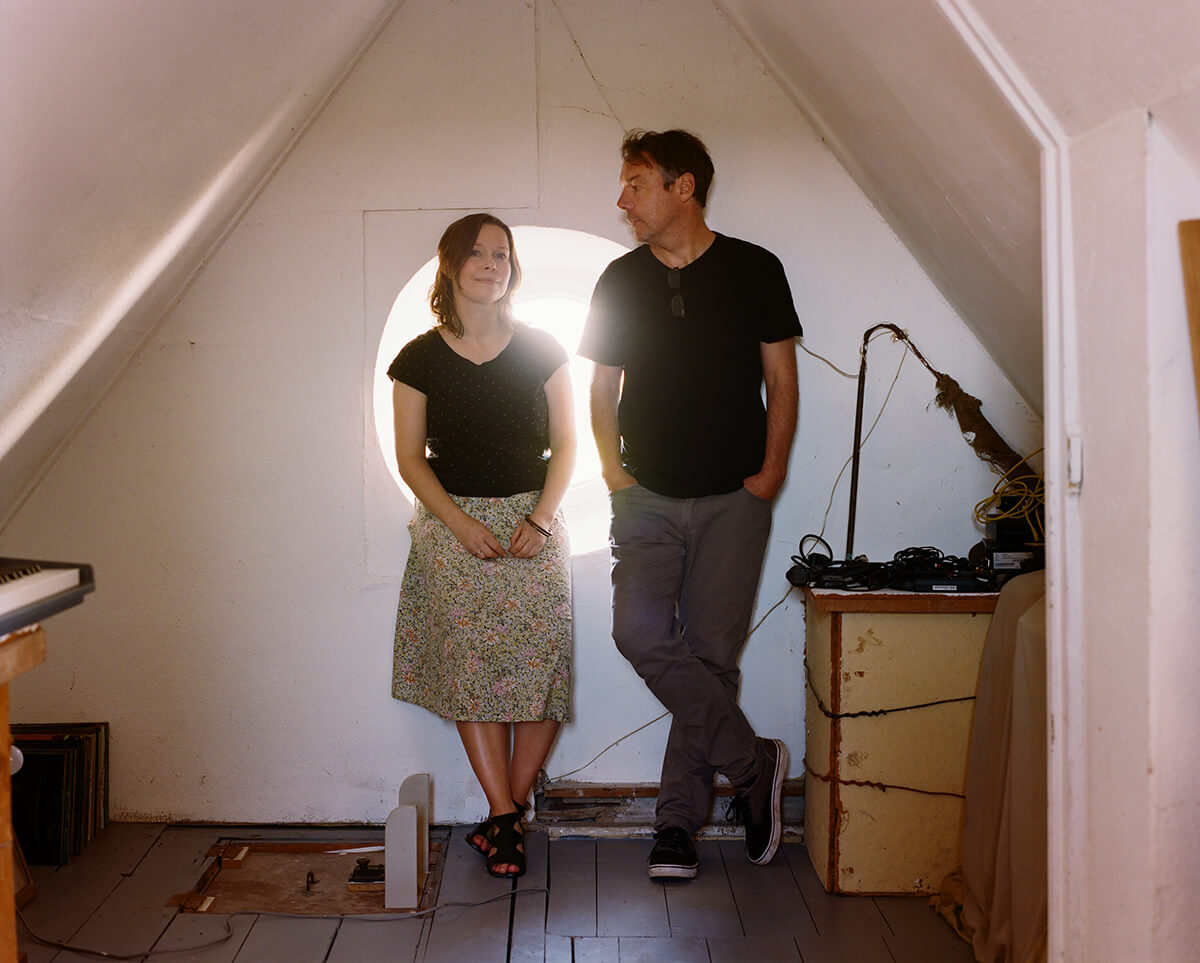
Michael Denton and Anna McCrickard use Sedition as a platform for their audiovisual art
“The values that are attributed to digital artworks are exciting and frustrating at the same time; a lot of people are still nonplussed by time-based painting,” says Denton, who started out VJing for big-name music acts nearly 20 years ago. “The other side of the coin is that people are getting used to listening and reading things in different ways.” He is also excited at how the creative industries are moving forwards, and what the future holds. “In terms of where it’s going next, I think more people will become specialists in more obscure things. Technology throws up so many creative possibilities and so few of those have been explored. For instance, in visual-editing software, there isn’t a facility to move images around in relation to bars of music. If there was, I would be using it all the time, but areas like this haven’t advanced at all.”
This year, Nesta studied 41 million job adverts to identify the digital skills required for a ‘future-proof’ job, and it seems the most secure involve creativity. “What’s going to be needed is cognitive thinking and communication, so creative jobs are most likely to grow as they require those skills,” says Easton, citing a boom in entrepreneurship as another current industry trend. “In the creative world, a third of people are freelance. It’s a sector run by entrepreneurs who are willing to take risks on their own ideas.”
Instagram bristles with micro-entrepreneurs selling their own artistic creations. A LUX editor recently bought a triptych of postcard-sized oil paintings from an up-and-coming artist still studying at Oxford – a creative vendor and a purchaser connected via an algorithm.
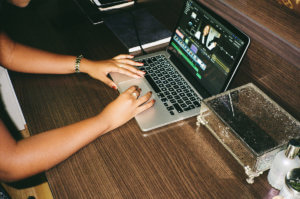
Derin Adetosoye at work on her YouTube channel
But nowhere can the new creatives be seen more dramatically than on YouTube. While a certain group of young stars are making a name for themselves with channels that focus on lifestyle and beauty, there are more interesting talents beneath the superfice, including under-the-radar vloggers putting a fun spin on everyday topics. There’s photographer George Muncey whose Negative Feedback channel offers practical advice on editing photos and shooting film at night for instance, and London College of Fashion student Derin Adetosoye whose videos tackle helpful subjects such as exam tips and what university life is really like.
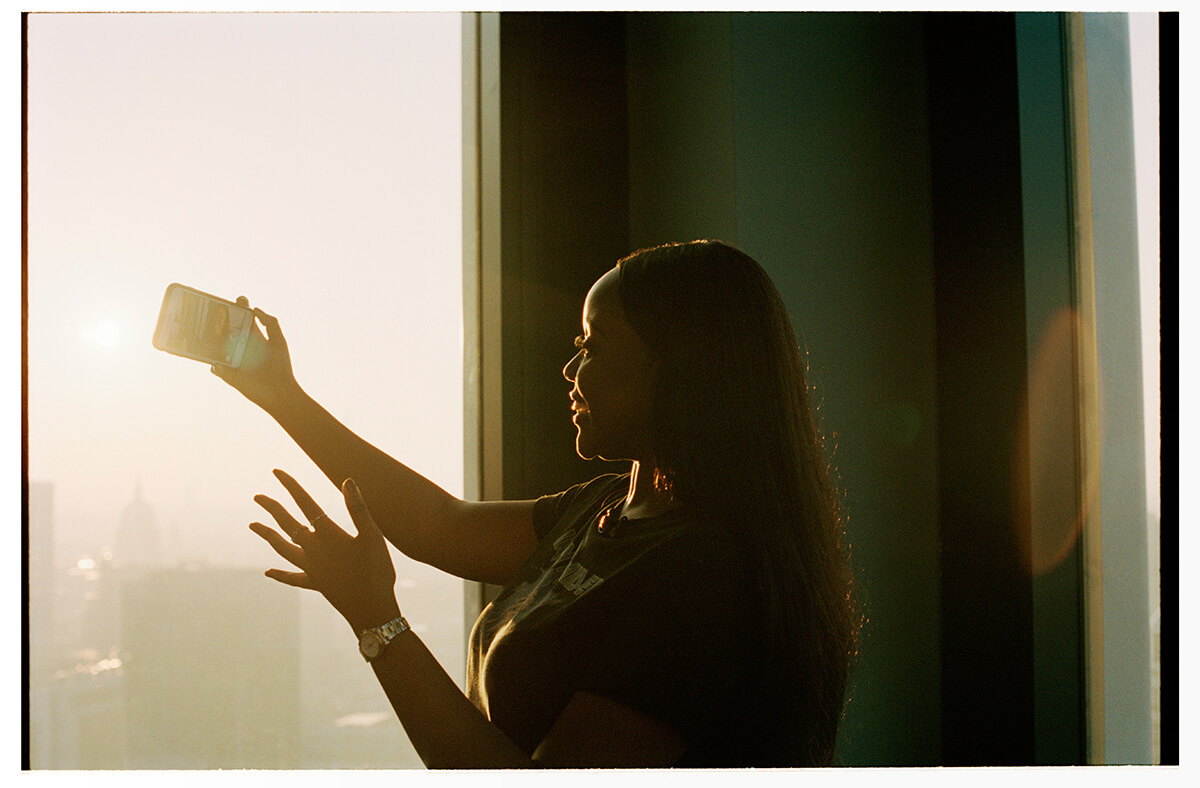
London College of Fashion student Derin Adetosoye has 30,000 YouTube subscribers
“YouTube is such an interesting platform because it allows you to have the best engagement with your audience,” explains Adetosoye, whose videos have led to her cohosting the Exam Essentials web series for BBC Bitesize as well as catching the attention of BBC 1Xtra. “You can articulate things better than you would be able to via a written blog and your audience can really see your personality. It’s also immediate so you can understand how a subject is resonating with viewers.”
Read more: Mollie Dent-Brocklehurst on the art x technology revolution
The biggest obstacles she has had to overcome include shyness at filming in public and finding ways to make her subjects more amusing. “When vlogs first started it was all about showing every single thing that happened in your day. Now, they tend to be shorter, better planned and more entertaining. It’s a good thing because it means that the viewer is getting the best content.” Although Adetosoye has no plans to make a full-time career from vlogging, she doesn’t see herself stopping anytime soon either. “When people tell me they’ve aced a test or chosen to take a particular degree because they were inspired by my videos, it’s heart warming.” And as Easton concludes: “YouTube and Netflix are platforms, but without content they are nothing. It’s the content that defines how we want to use these new platforms.”
Another flourishing platform is the podcast. Once often just the best bits of radio shows, podcasts now are producing some of the most thrilling new content (and popularity is rising: figures released in 2018 by Radio Joint Audience Research, the official body measuring UK radio audiences, revealed that six million adults in the UK listen to a podcast weekly). From comedies such as My Dad Wrote a Porno (which has been turned into a live stage show and is set to be a HBO special too), to singer-songwriter Jessie Ware’s Table Manners about ‘food, family and the art of having a chat’, it is the current medium of choice for opinionated, personal broadcasts.
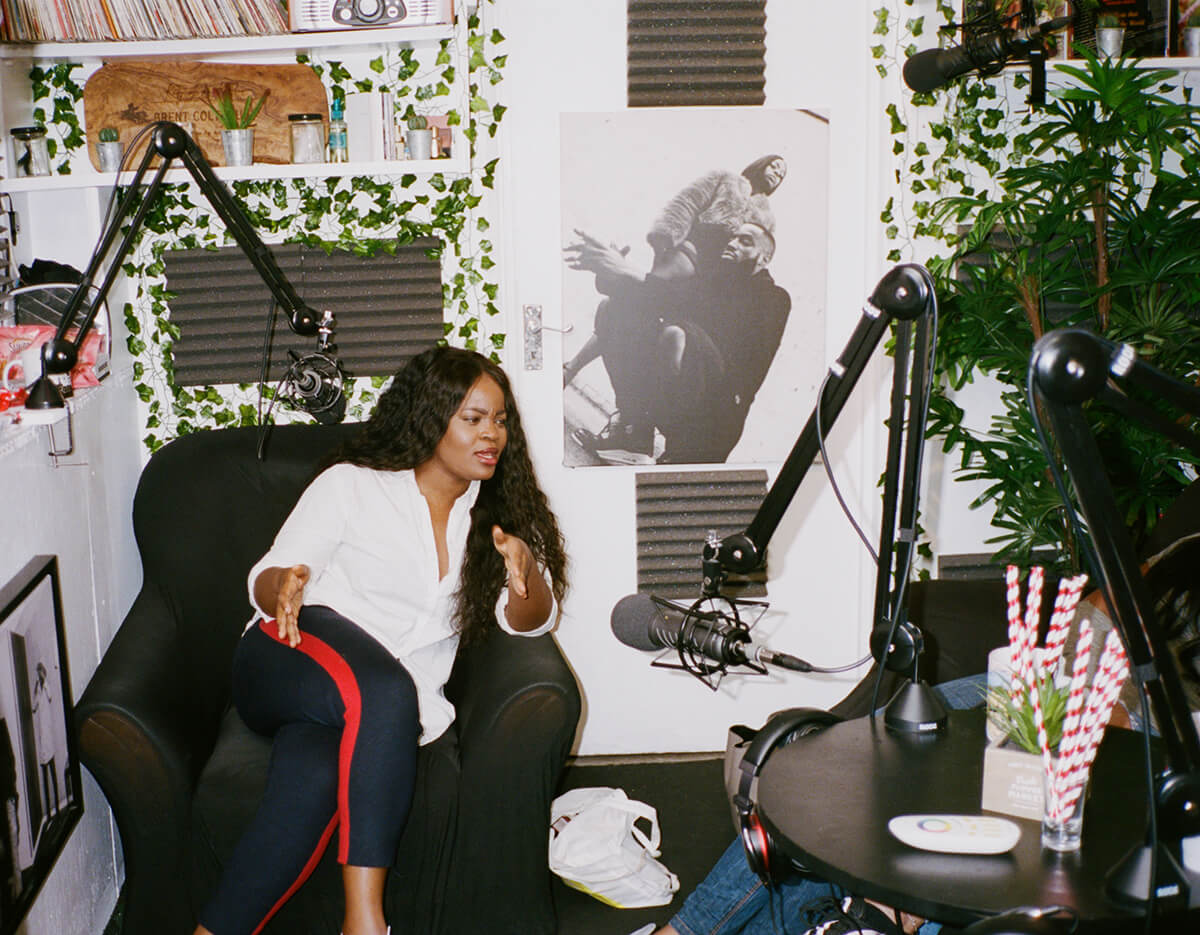
Tolani Shoneye of ‘The Receipts Podcast’
“Podcasts allow more voices to be heard,” agrees journalist Tolani Shoneye, one third of the trio that hosts The Receipts Podcast, which delivers straight-talking conversations about all kinds of subjects from relationships to music. “In the past if you wanted to get something made you’d have to go through the proper channels. Now there’s more freedom; anyone can make a podcast and have a voice.”
And that’s the irony. In an era when the human race is fearing redundancy, or worse, due to AI developments, creative disciplines, aided by technology, are booming as never before. Millions are taking the opportunity to be both creative and entrepreneurial, something AI is ill-suited to do. Even as machines poise to take over, creativity has never had it so good.

Rosewood London
ROSEWOOD LONDON
Rosewood London is in the heart of the city with a claim to be the world’s creative capital. A blend of English heritage and contemporary refinement, the Edwardian building is an oasis on historic High Holborn, with easy access to the vibes of Shoreditch, the glamour of Mayfair, the glitz of Theatreland and the buzz of the City.
Book your stay: rosewoodhotels.com
This article was originally published in the Winter 2019 issue.

